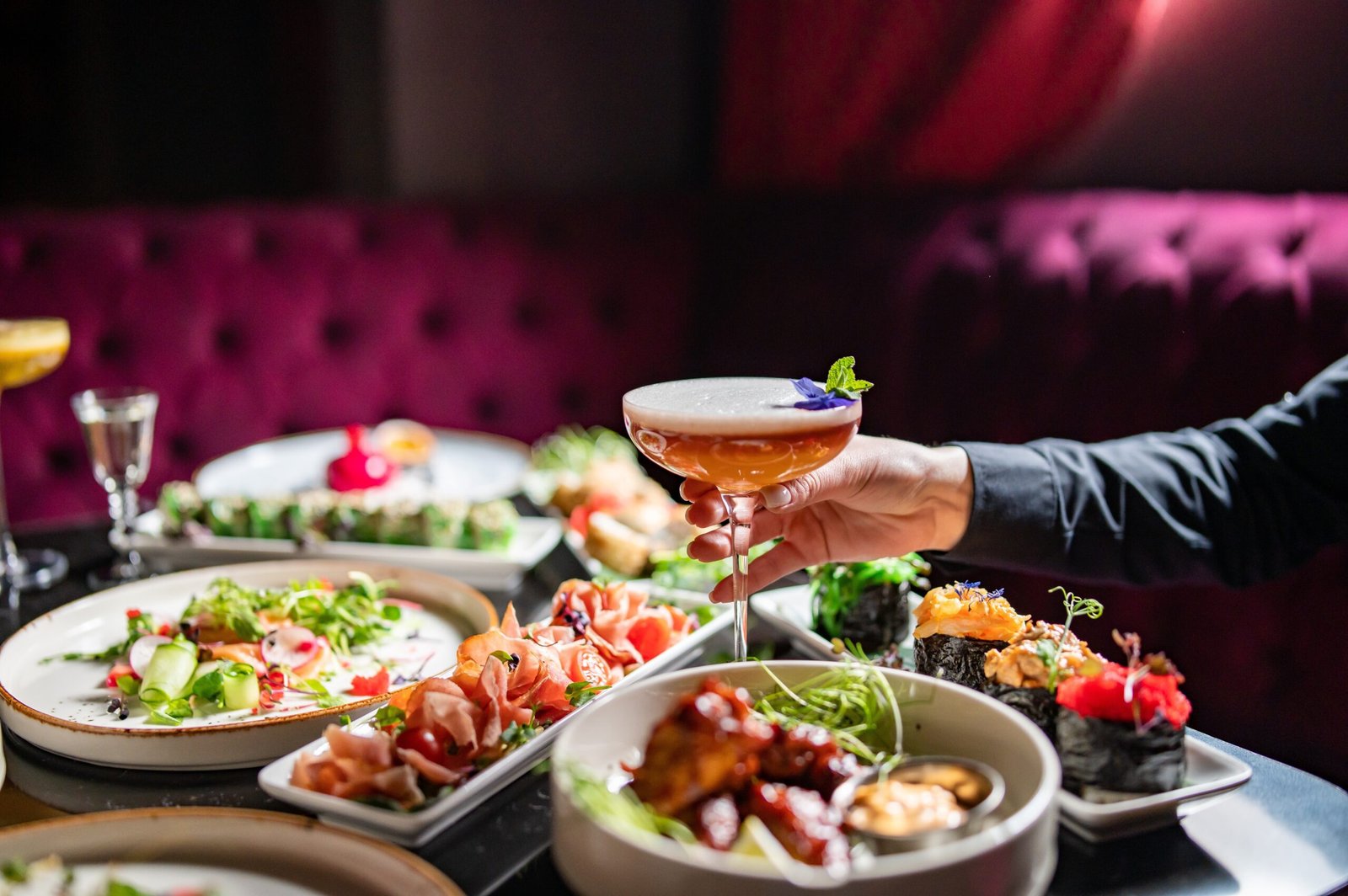Whether you’re dining out for a casual lunch or celebrating a special occasion, the experience can vary dramatically depending on where you go. One of the most common distinctions is between a bistro and a fine dining restaurant — two very different worlds that both celebrate good food in their own way.
This guide explains the key differences between bistros and fine dining in easy terms, helping you know what to expect — from the atmosphere and table setting to menu style, service, and price.
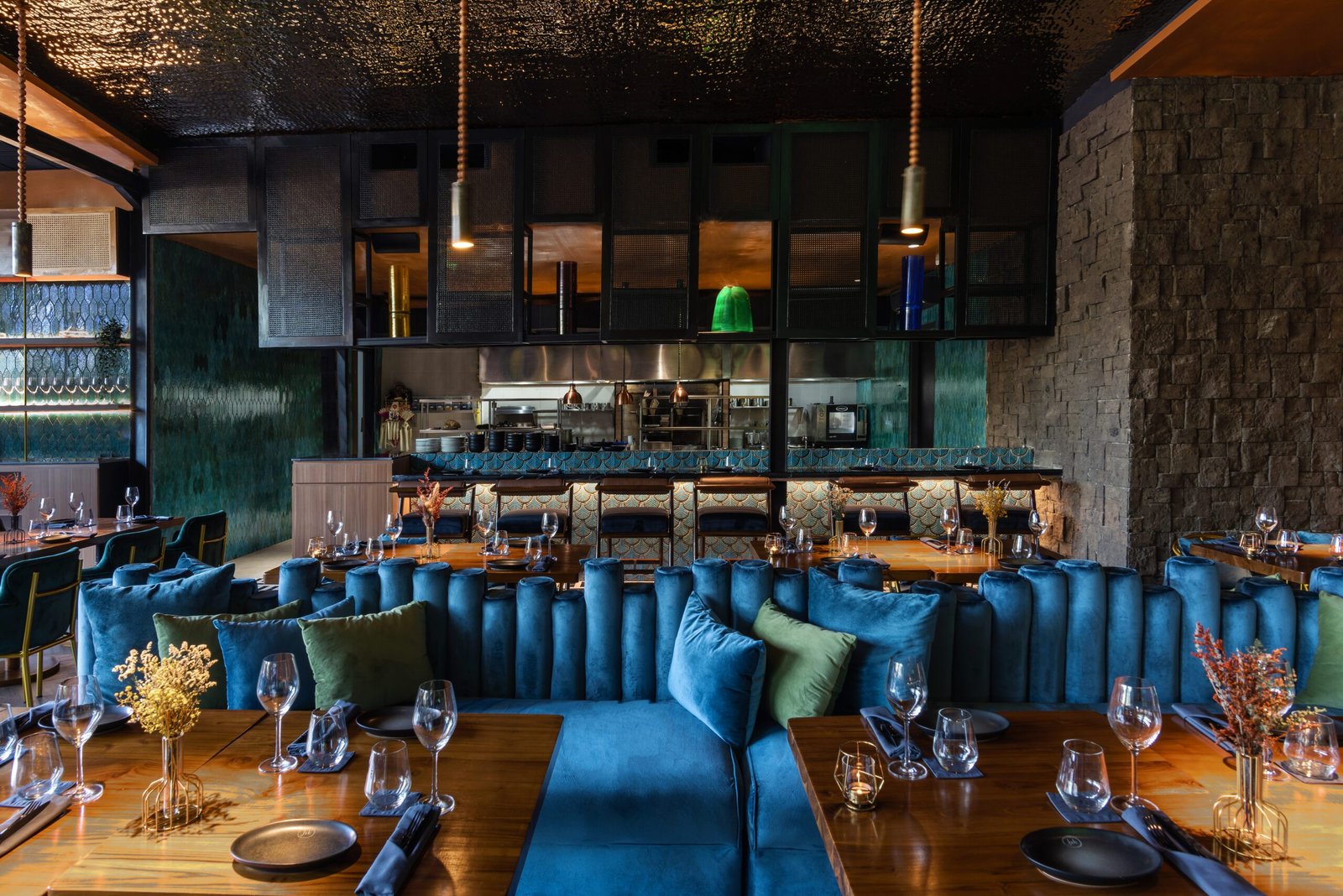
Ambience
Bistro
A bistro feels casual and cosy. The décor is simple yet tasteful, often featuring wooden tables, bright lighting, and a welcoming atmosphere. It’s the kind of place where you can enjoy good food and good company without formality.
The space is typically smaller, encouraging warmth and friendliness. You might hear the hum of conversation and laughter — the kind of sound that makes you feel at home.
Fine Dining
Fine dining ambience, by contrast, is refined, elegant, and carefully designed. The décor often features luxurious finishes — think fine linens, polished wood, and artful lighting that creates a calm and intimate mood.
Tables are spaced generously for privacy, and every element — from lighting to background music — is chosen to complement the experience.
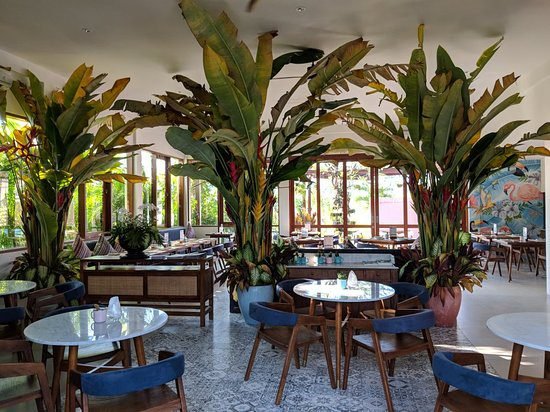
Vibe
Bistro
Bistros are lively and approachable. Guests speak casually, staff are relaxed, and the energy is friendly without being rushed. It’s an environment where you can chat freely and feel part of a community.
Fine Dining
Fine dining restaurants tend to be quieter and more formal. Conversations are softer, and the staff maintain a professional, graceful presence. There may be dress codes, reservations, and other details that reflect the elevated experience.
Music
Bistro
Music in a bistro is upbeat and inviting — perhaps light jazz, acoustic tunes, or local favourites that blend naturally with the energy of the room. It adds to the comfort and social atmosphere without overpowering conversation.
Fine Dining
Fine dining venues usually opt for subtle, elegant music — classical, instrumental, or soft jazz. The goal is not to entertain but to enhance the calm, refined mood of the evening.
Table Setting
Bistro
Bistros favour simplicity. Expect the essentials — a knife, fork, and spoon, sturdy plates, and practical glassware. Napkins might be cloth or paper, folded neatly but without fuss.
Decorations are minimal; perhaps a candle or a small vase adds a homely touch. The overall effect is functional and charmingly unpretentious.
Fine Dining
Fine dining table settings are detailed and precise. Each piece of cutlery, glassware, and crockery is positioned with purpose. Multiple forks and knives are arranged in the order they’ll be used, and glassware may include separate water, red wine, and white wine glasses.
Tables are draped in crisp linen tablecloths, complete with chargers, cloth napkins, and centrepieces. Even the smallest details — from the placement of a dessert spoon to the shine on the silverware — are considered part of the presentation.
Menu
Bistro
Bistro menus are straightforward and comforting. They usually include starters, mains, and desserts, with dishes that focus on hearty, local flavours. Menus stay consistent but may feature daily specials based on seasonal produce.
The wine list is short, often featuring popular or regional selections that pair well with the menu.
Fine Dining
Fine dining menus showcase creativity and craftsmanship. Chefs often present multiple menu formats — à la carte, prix fixe, or multi-course tasting menus — designed to take diners on a culinary journey.
Ingredients are premium and sometimes rare or imported. Menus evolve with the seasons, and the wine list is extensive, often curated by a sommelier who can recommend perfect pairings.
Food Presentation
Bistro
Presentation in a bistro is simple and appetising. Plates are filled generously and arranged for flavour, not formality. The goal is comfort and satisfaction rather than perfection.
Fine Dining
Fine dining is as much about artistry as taste. Dishes are plated like works of art — with attention to colour, balance, and texture. Each plate tells a story, often using minimalist design to highlight the ingredients themselves.
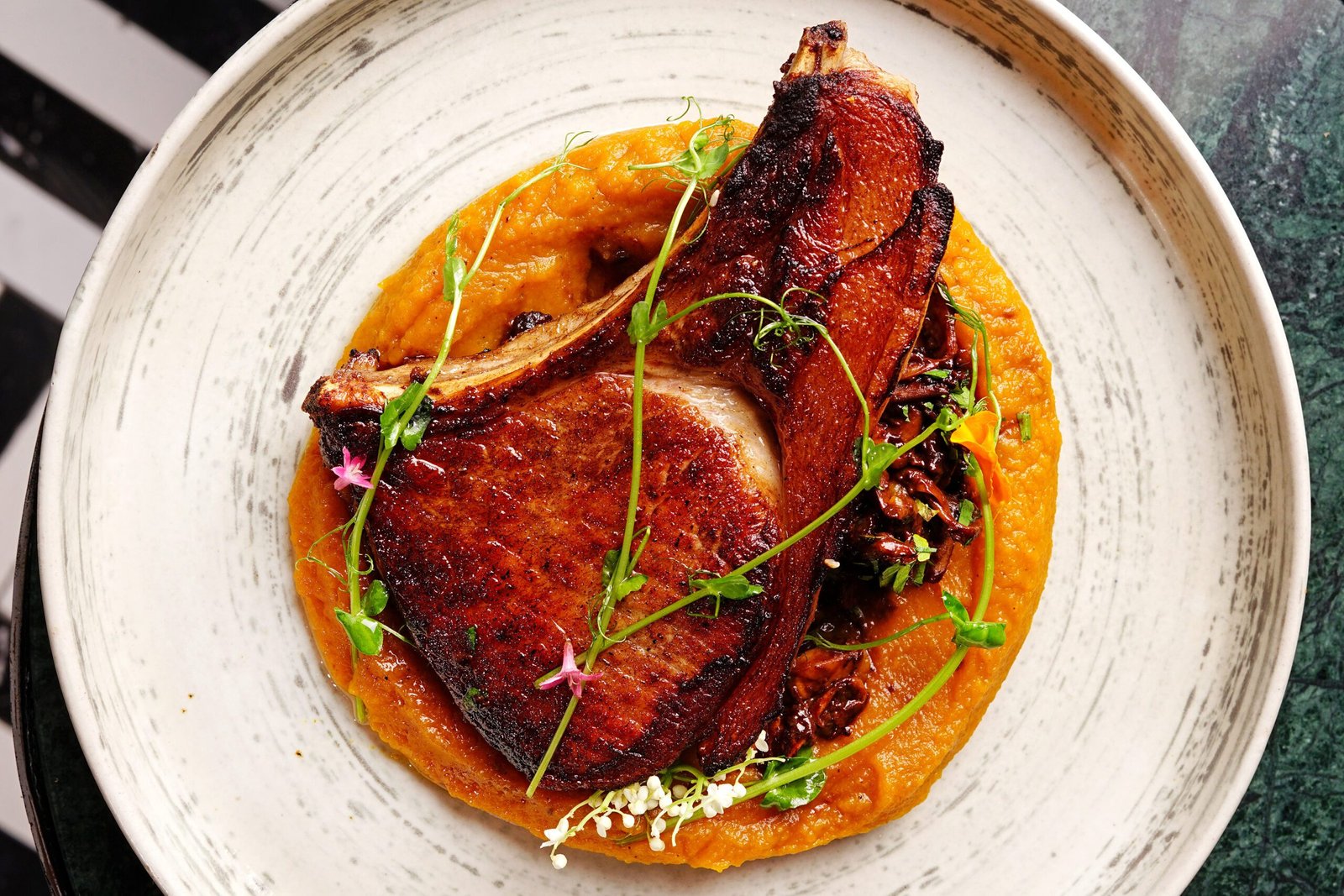
Service
Bistro
Bistro service is friendly and efficient. Staff are approachable, conversational, and happy to recommend dishes, but the tone stays informal. The pace is relaxed, and guests are encouraged to feel comfortable and at ease.
Fine Dining
Service in a fine dining restaurant is structured, polished, and attentive. Teams may include servers, sommeliers, and a maître d’ who orchestrate every detail. Courses are served in rhythm with the evening, and staff anticipate your needs quietly — refilling water, folding napkins, and describing dishes with precision.
The experience feels seamless, professional, and personal all at once.
Dress Code
Bistro
Bistros are casual. Guests can wear everyday attire — from sundresses and sandals to jeans and shirts. Comfort is key, and there’s little expectation of formality.
Fine Dining
Fine dining establishments usually request smart-casual or formal attire. Jackets or dresses may be preferred, and the expectation is that guests dress with the same elegance the restaurant provides in service.

Reservations
Bistro
Most bistros welcome walk-ins, especially for lunch or early dinners. Only the most popular spots might recommend booking ahead on weekends or special occasions.
Fine Dining
Fine dining restaurants almost always require reservations. Bookings allow chefs to prepare ingredients, tailor experiences, and ensure each guest receives the highest standard of service.
Some venues also have cancellation policies due to the effort involved in preparing each menu.
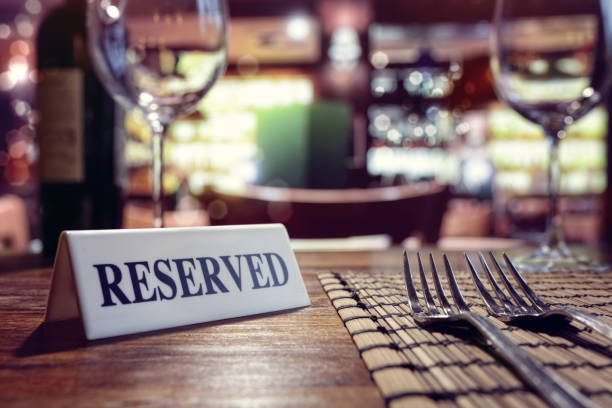
Pricing
Bistro
Bistros are generally affordable to mid-range. Prices reflect their accessible menus, local ingredients, and relaxed service. It’s dining that feels good without stretching the budget.
Fine Dining
Fine dining, on the other hand, is a premium experience. Prices are higher to account for the quality of ingredients, expert preparation, refined presentation, and world-class service. Guests pay not only for the meal but for the artistry, time, and atmosphere that come with it.
When to Visit
Bistro
A bistro is perfect for everyday dining — lunch with friends, an easy dinner after work, or a casual weekend meal. It’s spontaneous, familiar, and easy to enjoy without planning ahead.
Fine Dining
Fine dining is best reserved for special occasions — anniversaries, proposals, celebrations, or when you want to treat yourself to something exceptional. It’s not just about food; it’s about creating a memory that lingers long after the last course.
Experience Fine Dining in Bali
If you want to experience the true essence of fine dining in Bali, Jade by Todd English in Canggu offers an extraordinary culinary journey. Led by world-renowned chef Todd English, Jade combines open-fire fusion cuisine, refined design, and an atmosphere that embodies modern luxury.
Every dish is crafted with precision and creativity — where East meets West in a symphony of flavour and technique. Whether it’s your first fine dining experience or a return to something truly exceptional, Jade promises an evening of elegance, innovation, and unforgettable taste.
Book your table at Jade by Todd English and discover one of Bali’s most distinguished fine dining restaurants.

